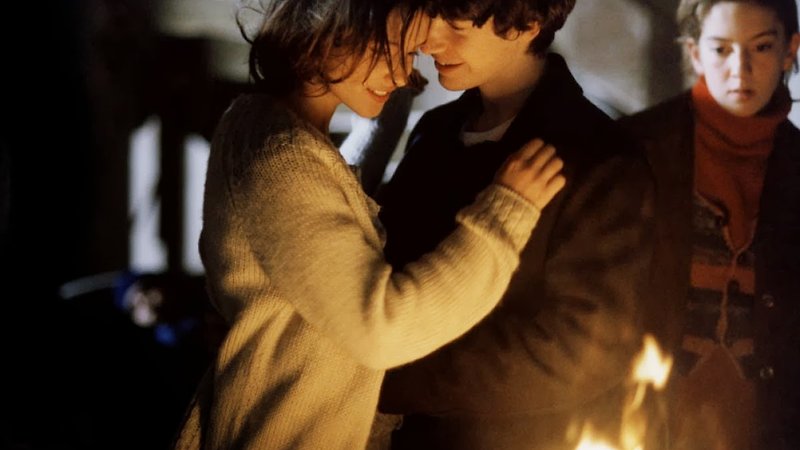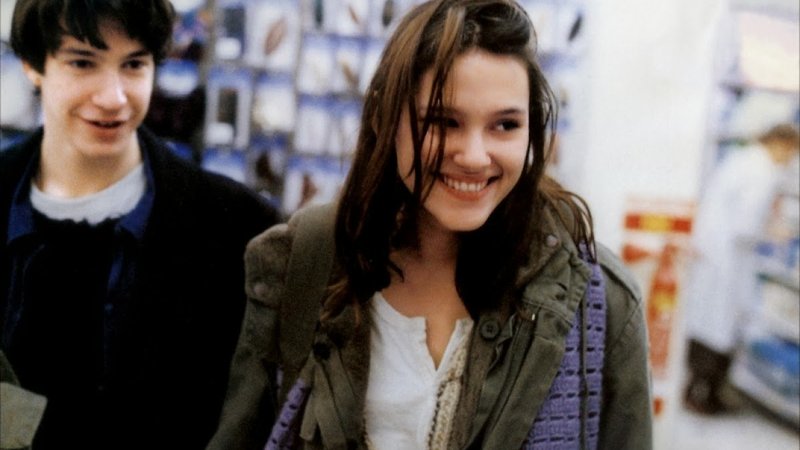This early triumph from French director Olivier Assayas (Clouds of Sils Maria, Personal Shopper) centres on two doomed teenage lovers swept away by the nervous musical energy of 1970s countercultural Paris.


Cold Water has the kind of emotional purity that puts it in a class by itself. Its blue fog envelops you.
Screened as part of NZIFF 2018
Cold Water 1994
L’eau froide
Belonging to one of the most enthralling series this Festival has had the pleasure of programming, Cold Water was Olivier Assayas’ fifth feature as a director. To this day it remains one of his best – and most underseen – films. After years trapped in music licensing purgatory, it returns to the big screen in an all-new digital presentation, with its glorious soundtrack of classic pop songs restored.
A restless, emotionally bracing vision of teenage melancholy, Assayas’ film takes place in 1972 on the outskirts of Paris. Two tearaways escape their unsympathetic families to shoplift EPs and explode dynamite for kicks. The fledgling lovers eventually flee to the countryside, where they dance the night away to Joplin, Dylan and Cohen at an old rundown mansion – one of the great party scenes in all of cinema.
Cold Water first screened in Auckland alongside contributions by Claire Denis, André Téchiné and other modern French auteurs to Tous les garçons et les filles de leur âge, a legendary film anthology for which the prerequisites were that the directors set their stories in the year they turned 18, and included a sequence of adolescents partying to music of the day. — Tim Wong
“Virginie Ledoyen and Cyprien Fouquet are letter-perfect as two 16-year-old delinquents from broken homes – the former periodically sent to an asylum by her Scientologist mother and boyfriend, the latter raised by a single father (New Wave regular László Szabó) – and when they run away together, one can’t imagine that they have anywhere else to go.
The beautiful and heartbreaking plot culminates in a party at and around a country house, and Assayas’s sustained treatment of this event – the raging bonfire, the dope, the music and dancing – truly catches you by the throat. The drifting, circling handheld camera… moving among characters with the nervous energy of a moth, [shows] us their isolation as well as their moments of union. One of the key French films of the 90s.” — Jonathan Rosenbaum, Chicago Reader